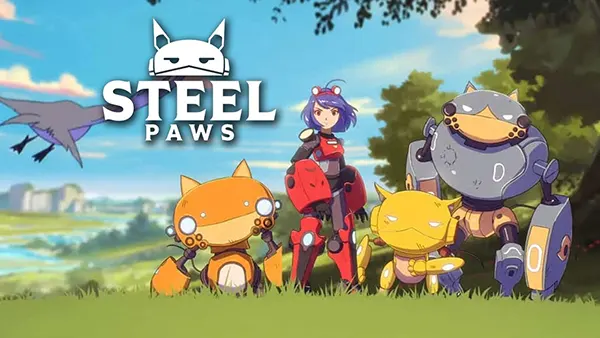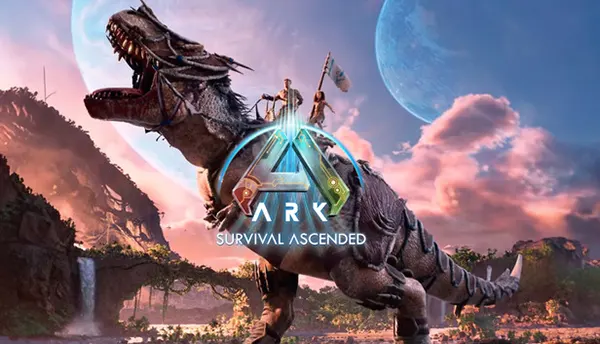Sonic Rumble – The New Battle Royale with the Blue Hedgehog

Sonic Rumble is a fresh take on the battle royale genre, bringing the iconic blue hedgehog into a competitive multiplayer environment. Released in 2025 for mobile devices, the game has quickly become a point of discussion in the gaming community thanks to its unique blend of classic Sonic speed mechanics and modern arena challenges. With up to 32 players competing in real time, it offers fast-paced matches where agility, quick thinking, and a little strategy define the winner.
Gameplay Concept and Core Mechanics
The central idea of Sonic Rumble is to mix the vibrant world of Sonic with the dynamics of a multiplayer elimination race. Players enter colourful obstacle-filled maps, where the goal is to outpace opponents and avoid being eliminated. The competition continues through several rounds, each increasing in difficulty until a single winner remains. Unlike traditional Sonic titles, this game is less about completing levels and more about survival against other players.
Each match involves collecting rings, dodging traps, and using boosters scattered throughout the stages. Rings not only act as a measure of progress but also serve as a resource for in-game upgrades and cosmetic customisations. The inclusion of special moves tied to different characters makes each playthrough distinctive, adding variety and replay value.
Another key mechanic is speed management. Unlike other battle royale games where weapons dominate, Sonic Rumble puts momentum and timing at the forefront. Players must balance the urge to sprint with the need to control jumps and landings, as rushing recklessly often leads to elimination. This focus on movement gives the game a distinct identity in the crowded multiplayer scene.
Character Selection and Abilities
One of the standout features of Sonic Rumble is its roster of characters, each with unique abilities. Sonic naturally excels in raw speed, while Tails can hover briefly, and Knuckles relies on his strength for higher jumps and stability. Shadow, Amy, and other fan favourites are also available, providing players with tactical options depending on their playstyle.
Abilities are balanced in a way that prevents any single character from dominating matches. Instead, the environment often dictates who performs better. For example, a map with wide gaps may favour Tails, while obstacle-heavy stages highlight Sonic’s agility. This system encourages experimentation and adds depth to competitive play.
As the game progresses, developers continue to expand the roster, adding both familiar faces and original characters designed exclusively for this release. This approach keeps the community engaged and ensures that the competitive meta evolves over time.
Maps, Events, and Seasonal Content
Sonic Rumble thrives on its constantly changing arenas. Each map is designed with bright visuals, looping pathways, and interactive hazards inspired by classic Sonic zones. From Green Hill-like landscapes to futuristic cityscapes, the environments feel both nostalgic and modern. Obstacles such as collapsing floors, moving platforms, and spinning traps create unpredictable outcomes, making every match different.
Beyond standard maps, seasonal events are central to the experience. Developers have committed to introducing new themes throughout the year, often tied to real-world seasons or anniversaries in the Sonic franchise. Limited-time events offer exclusive skins, character variants, and bonus challenges that push players to return regularly.
This evolving content model mirrors successful live-service games but is tailored to fit Sonic’s playful tone. Importantly, events are balanced to ensure that casual players can participate without feeling disadvantaged, while competitive players still have meaningful goals to chase.
Community and Competitive Scene
The launch of Sonic Rumble has also fostered a growing online community. Players share strategies, organise fan tournaments, and compete in ranked modes. The official leaderboard system provides transparency and motivation, encouraging players to improve their performance over time.
While the game is accessible to newcomers, its competitive depth has already attracted interest from the esports scene. Several events in 2025 have experimented with Sonic Rumble as a feature title, highlighting its potential to become a regular fixture in online competitions. The blend of familiar Sonic branding and dynamic gameplay makes it appealing for both audiences and organisers.
Developers have also been responsive to community feedback, regularly adjusting balance, fixing issues, and communicating future plans. This openness helps build trust and ensures that the game avoids stagnation, which has been a common problem for other mobile battle royales in the past.

Monetisation and Accessibility
Sonic Rumble follows a free-to-play model, available on iOS and Android. Revenue comes mainly from cosmetic purchases, such as character skins, animations, and themed emotes. Importantly, there are no pay-to-win mechanics, meaning all competitive elements remain skill-based. This decision has been widely praised, as it prevents unfair advantages while still offering ways for fans to support the game.
The accessibility of the title is another factor behind its popularity. Matches typically last less than five minutes, making it suitable for quick gaming sessions. The controls are optimised for mobile devices, with simple taps and swipes replacing the more complex commands of console Sonic titles. This ensures that both seasoned fans and casual players can quickly adapt.
In addition, the game supports cross-play between mobile operating systems, allowing friends to compete regardless of device. Regular updates keep the file size manageable, and the developers have promised ongoing support for lower-end devices to reach the widest possible audience.
Future Prospects and Legacy
Looking ahead, Sonic Rumble is set to become more than just a short-term project. With new maps, seasonal events, and character expansions planned for 2025 and beyond, the game is designed to grow alongside its community. Collaborations with other Sega franchises are also a possibility, which could introduce fresh gameplay twists.
Its success reflects a broader trend in mobile gaming: the merging of established franchises with the battle royale model. By leveraging Sonic’s recognisable brand and combining it with modern competitive mechanics, Sega has created a title that resonates with both nostalgic fans and a new generation of players.
Whether Sonic Rumble will achieve long-term dominance in the mobile gaming market remains to be seen, but its strong start suggests that it has the ingredients to maintain momentum. With its combination of speed, strategy, and community-driven content, it represents a notable chapter in the evolving history of Sonic the Hedgehog.



